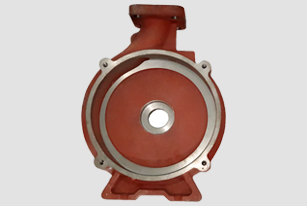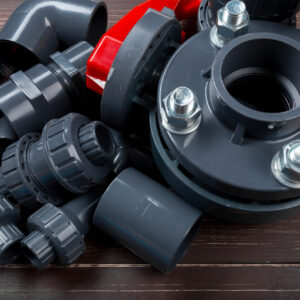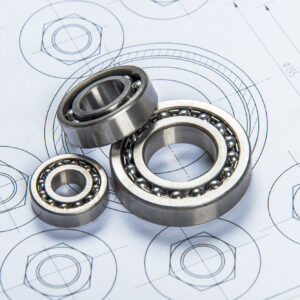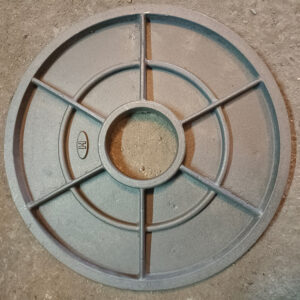Electric motor body casting refers to the process of manufacturing the outer casing or housing of an electric motor using casting techniques. Casting is a common manufacturing method that involves pouring molten material into a mold, allowing it to solidify, and then removing the finished product from the mold. In the context of electric motor bodies, the casting process is typically used to create the housing that encases the motor’s internal components.
Description
Here is a general overview of the electric motor body casting process:
Design: The first step involves designing the mold for the electric motor body. This design includes the shape and dimensions of the motor housing. The mold is usually made of metal and is designed to withstand the high temperatures associated with molten metal casting.
Pattern Making: A pattern, which is a replica of the final motor body, is created. This pattern is used to create the mold. Patterns can be made from various materials, including wood, plastic, or metal.
Mold Creation: The mold is created by placing the pattern in a casting flask and then filling the flask with a molding material, such as sand or plaster.
Melting and Pouring: The chosen metal for the motor body (typically aluminum or cast iron) is melted in a furnace. Once molten, the metal is poured into the mold cavity.
Cooling and Solidification: After pouring, the molten metal cools and solidifies inside the mold. This process may take some time depending on the size and complexity of the motor body.
Removing the Casting: Once the metal has solidified, the casting is removed from the mold. Excess material, known as the casting gate or sprue, is usually removed and recycled.
Finishing: The cast motor body may undergo additional processes such as machining, surface finishing, and coating to meet the required specifications and quality standards.
Electric motor body casting offers advantages such as cost-effectiveness, design flexibility, and the ability to produce complex shapes. It is commonly used in the manufacturing of various types of electric motors, including those used in appliances, automobiles, industrial machinery, and more.






